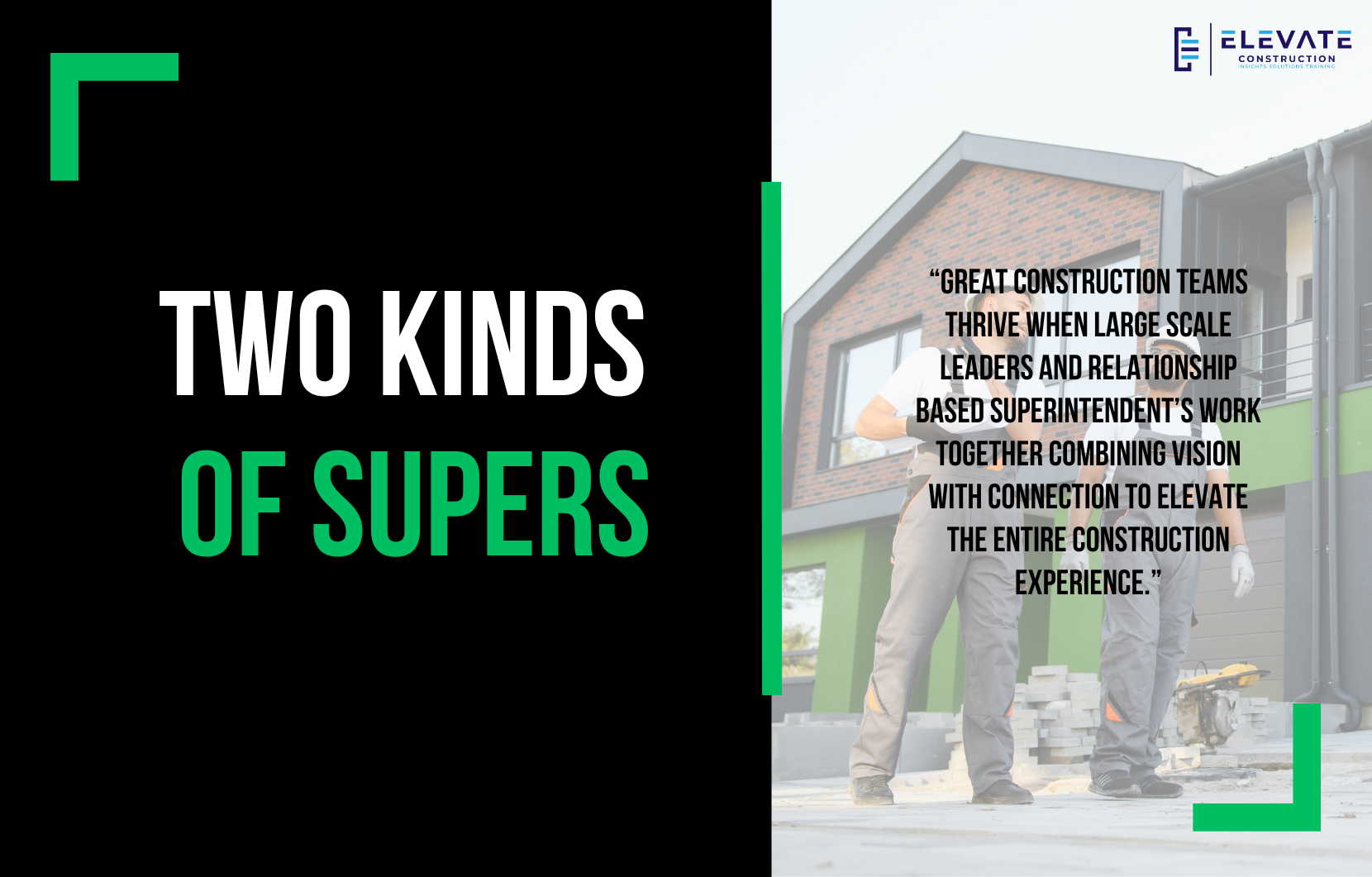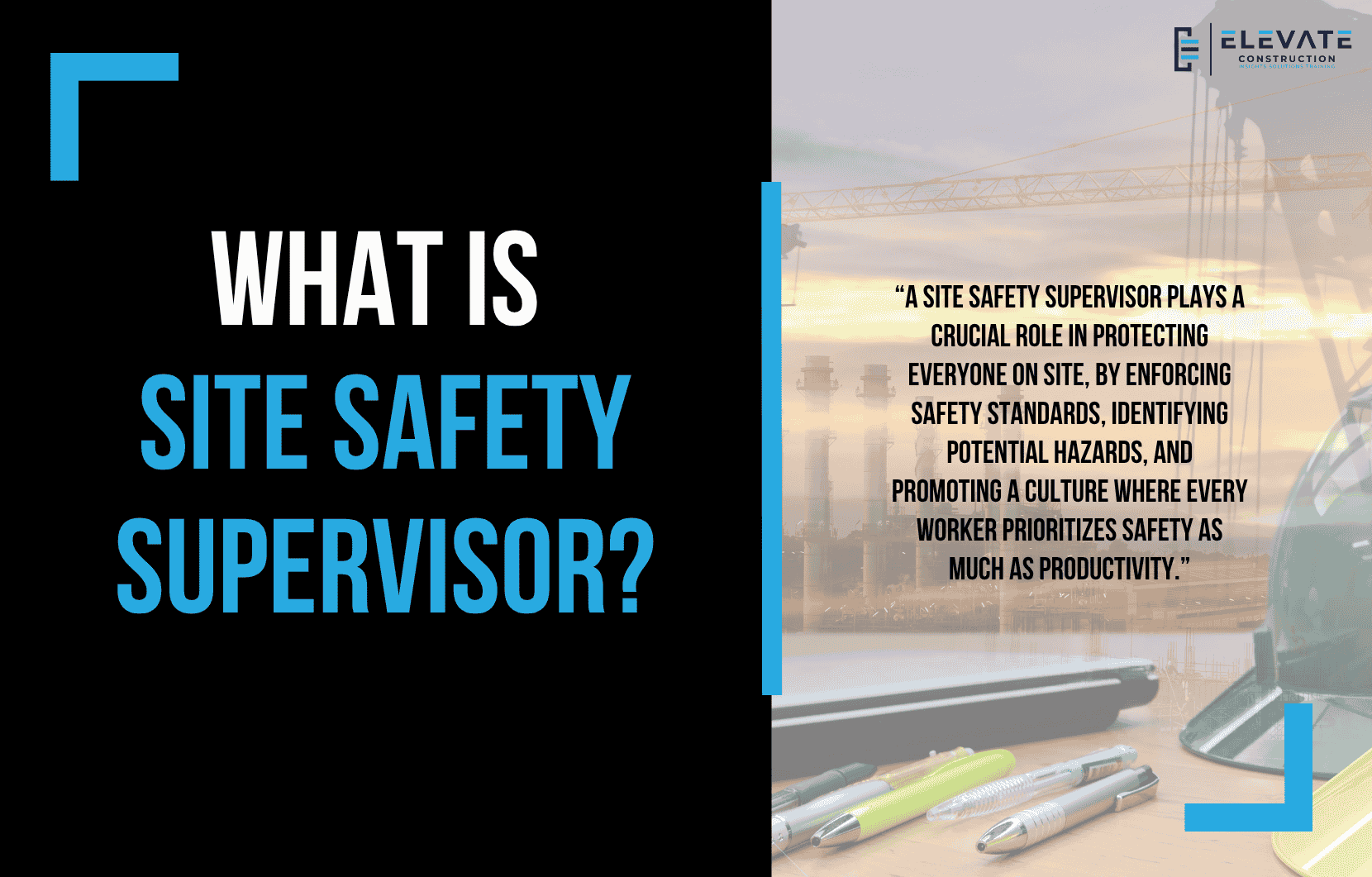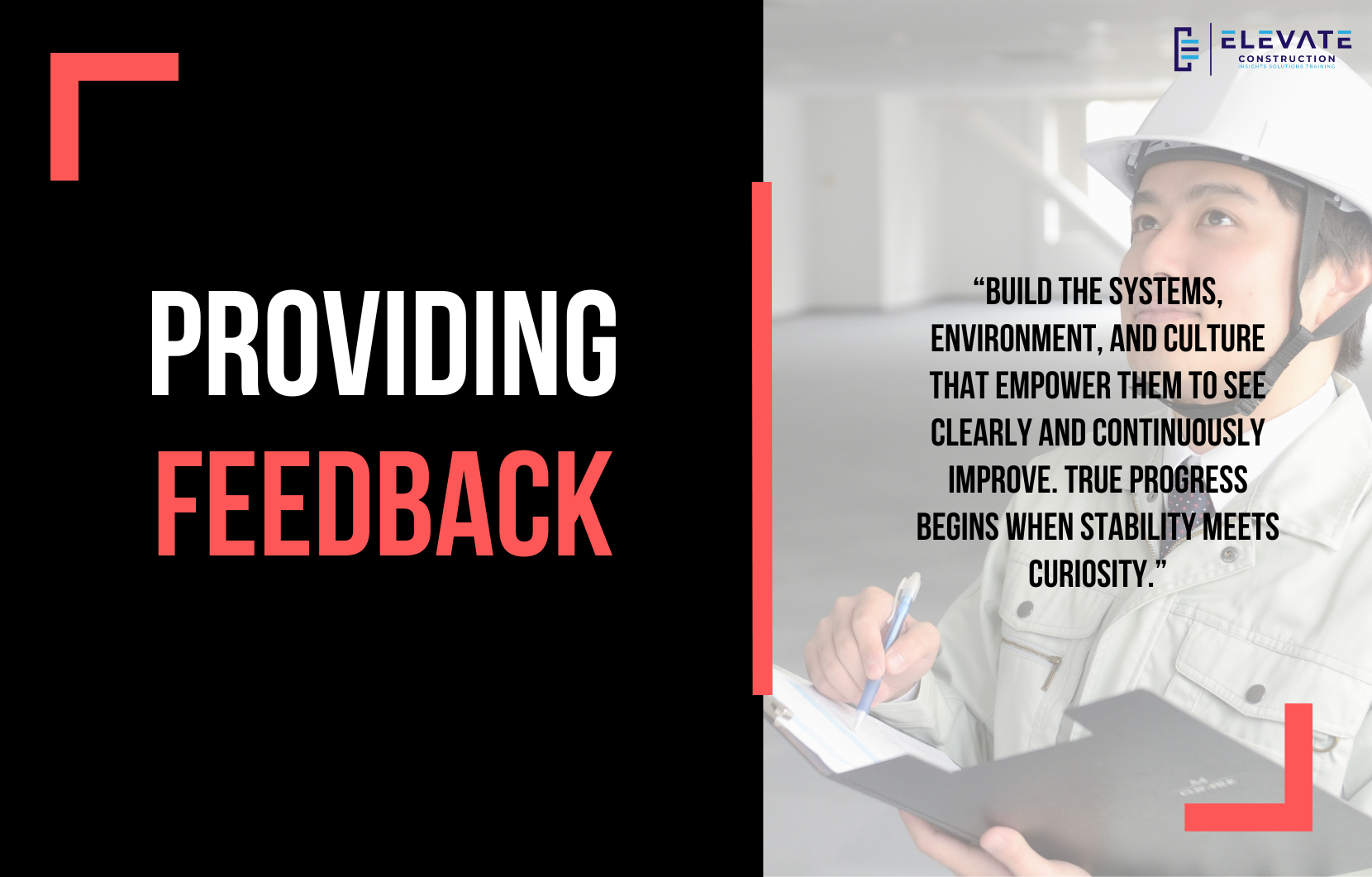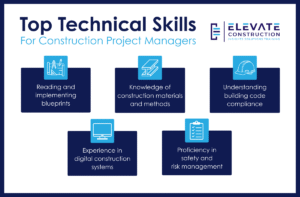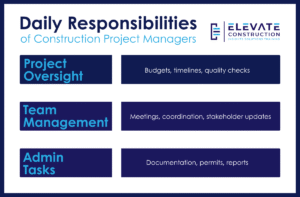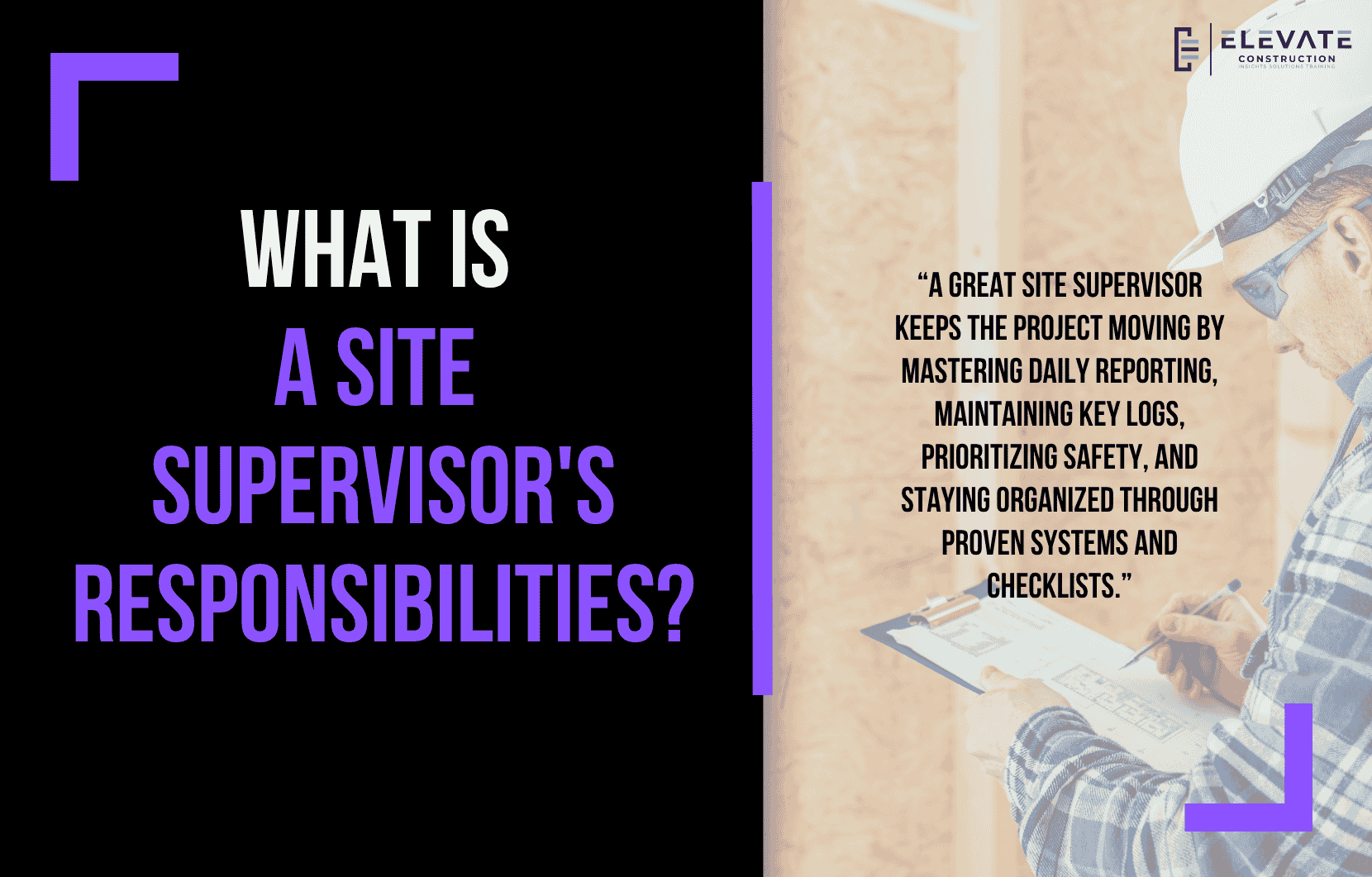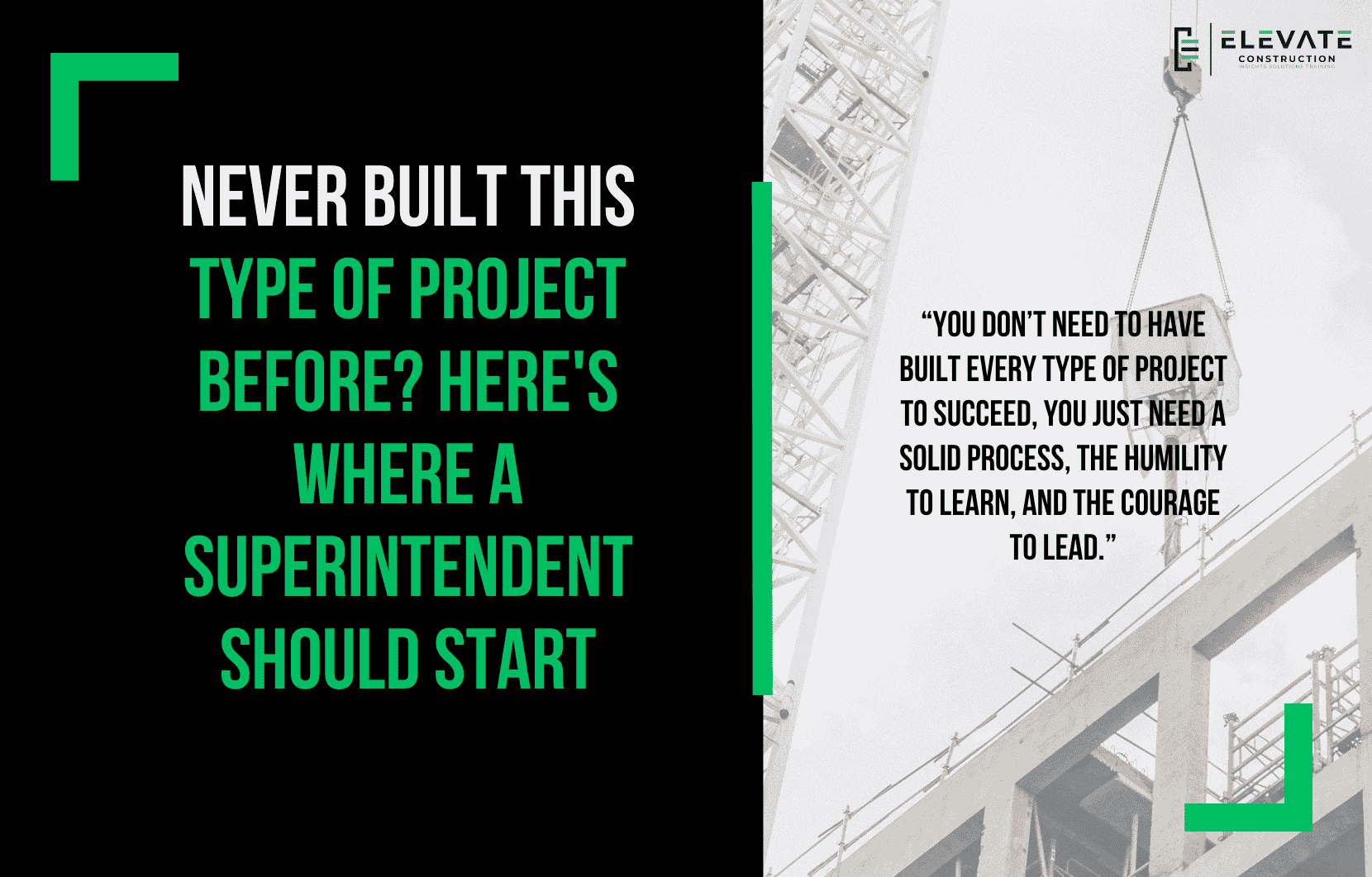The Large Scale Leader and the Relationship Builder
Recently, I had a realization that completely changed the way I think about leadership in construction. It started with a simple reference call for a superintendent I had worked with years ago and it ended with a lesson about the two very different kinds of skills that superintendents bring to a job site.
The Call That Sparked the Insight
Someone reached out to ask about a superintendent I used to work with a person I really enjoyed working alongside. Interestingly, he hadn’t passed the qualifications to work at Elevate, even though I always thought he’d be a great fit. When I was asked whether I’d recommend him, I didn’t just give the standard “yes” or “no.”
Instead, I found myself explaining something deeper: he wasn’t the type of superintendent who could stand in front of hundreds of people and move a large crowd. But he was phenomenal when working one-on-one.
That’s when Kate pointed out something I hadn’t fully seen before and I’ll give her full credit for this insight: there are two distinct types of superintendents.
Two Different Strengths, Both Essential
The first type is what I’d call the inspirational large-scale leader the superintendent who can step up in front of a massive crew, command attention, and rally everyone toward a shared goal.
The second type is the relationship-based leader the one who builds strong, personal connections with individuals and small crews, driving excellence through trust, respect, and genuine care.
The superintendent I was asked about fit perfectly into that second category. He excelled at quality control and high-risk operations, leading specific crews with precision and passion. His relationships were deep, and his people responded to him with loyalty and effort that few could match.
The Power of One-on-One Leadership
When I think about how this plays out on job sites, it’s clear that the relationship-based superintendent brings something invaluable to the table. Workers do a good job for leaders they respect but they’ll go above and beyond for someone they feel connected to.
Over the years, I’ve worked with incredible relationship based leader’s superintendents, foremen, and assistants who carried that strength. Looking back, my success on many large scale projects was only possible because of those people who handled the close, personal work that I often overlooked.
Balancing the Team
It’s easy to assume that every superintendent needs to be great at everything: leading large groups, managing one-on-one relationships, and inspiring across all levels. But that’s not always true.
I’ve learned that it’s more important to build balanced teams pairing those who can influence the masses with those who can connect deeply. Together, they create a dynamic that moves projects forward with both efficiency and heart.
Even within our company, I see the same pattern. People often reach out to team members like Kate or Kevin instead of me and I get it. They bring that relational depth that builds strong trust. That’s a powerful lesson for any leader.
Final Reflections
Here’s what I’ve come to believe:
- The relationship-based superintendent is pivotal to a project’s success.
- You don’t have to be great at everything to be an essential part of the team.
- People will do good work for leaders they respect but they’ll give their all for leaders who truly connect with them.
So as you look at your team or yourself think about where your strengths lie. Are you the large-scale motivator or the relationship-based connector? Both are needed. Both make the difference.
Key Takeaway
There isn’t just one “right” way to lead. Great construction teams thrive when large scale leaders and relationship based superintendent’s work together combining vision with connection to elevate the entire construction experience.
If you want to learn more we have:
-Takt Virtual Training: (Click here)
-Check out our Youtube channel for more info: (Click here)
-Listen to the Elevate Construction podcast: (Click here)
-Check out our training programs and certifications: (Click here)
-The Takt Book: (Click here)
Discover Jason’s Expertise:
Meet Jason Schroeder, the driving force behind Elevate Construction IST. As the company’s owner and principal consultant, he’s dedicated to taking construction to new heights. With a wealth of industry experience, he’s crafted the Field Engineer Boot Camp and Superintendent Boot Camp – intensive training programs engineered to cultivate top-tier leaders capable of steering their teams towards success. Jason’s vision? To expand his training initiatives across the nation, empowering construction firms to soar to unprecedented levels of excellence.
On we go

